Home>Gardening & Outdoor>Landscaping Ideas>How To Grow Grass In My Yard
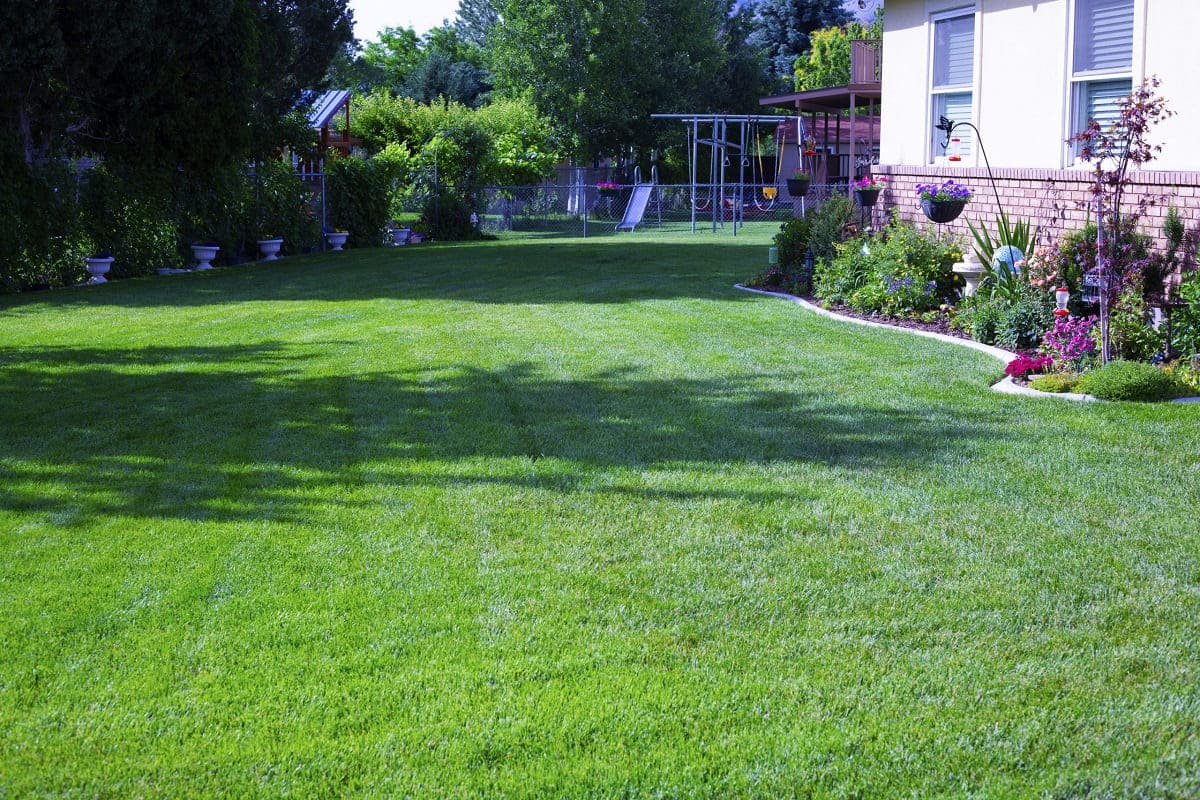

Landscaping Ideas
How To Grow Grass In My Yard
Modified: March 27, 2024
Learn effective landscaping ideas and techniques for growing lush, healthy grass in your yard. Discover expert tips for achieving a vibrant, green lawn.
(Many of the links in this article redirect to a specific reviewed product. Your purchase of these products through affiliate links helps to generate commission for Storables.com, at no extra cost. Learn more)
Introduction
Welcome to the world of landscaping and gardening! If you’re looking to transform your yard into a lush, green paradise, growing grass is an essential first step. A beautiful lawn not only enhances the aesthetics of your home but also provides a comfortable space for outdoor activities and relaxation. However, achieving the perfect lawn requires careful planning, the right techniques, and a bit of patience.
In this comprehensive guide, we’ll walk you through the process of growing grass in your yard, from assessing your lawn’s condition to troubleshooting common issues. By the end of this journey, you’ll be equipped with the knowledge and confidence to cultivate a thriving lawn that will be the envy of your neighborhood.
So, roll up your sleeves, grab your gardening tools, and let’s embark on this green adventure together!
Key Takeaways:
- Choose the right grass seed by considering sunlight, soil, and climate. Blend varieties for a resilient lawn. Prioritize high-quality, pure seeds for a healthy and vibrant yard.
- Prepare the soil by clearing, aerating, testing, and leveling. Protect with starter fertilizer and erosion control. Plant grass seed carefully, water, and maintain for a thriving lawn.
Read more: How To Grow Grass In Muddy Yard
Assessing Your Yard
Before diving into the grass-growing process, it’s crucial to assess the current state of your yard. Understanding the unique characteristics of your outdoor space will help you make informed decisions about the type of grass that will thrive and the necessary preparations.
Start by observing the amount of sunlight your yard receives throughout the day. Different grass species have varying sunlight requirements, so it’s essential to choose a type that matches your yard’s sun exposure. For example, if your yard is shaded by trees or buildings, opt for shade-tolerant grass varieties such as fine fescue or St. Augustine grass.
Next, evaluate the soil quality. Take note of its texture, drainage, and pH levels. Well-draining soil is ideal for healthy grass growth, as waterlogged soil can lead to root rot and other issues. You can perform a simple soil test using a DIY kit or seek professional assistance to determine the pH and nutrient levels. This information will guide you in selecting the appropriate amendments to improve the soil quality.
Additionally, inspect the topography of your yard. Identify any slopes, depressions, or uneven areas that may impact water distribution and grass growth. Proper water drainage is essential for preventing waterlogging and ensuring uniform moisture levels for the grass.
Lastly, assess the existing vegetation and any potential obstacles. Remove any debris, rocks, or invasive weeds that could hinder the grass-seeding process. Clearing the area of unwanted vegetation will create a clean canvas for establishing your new lawn.
By thoroughly assessing your yard, you’ll gain valuable insights that will inform your grass-growing strategy. This proactive approach sets the stage for a successful and vibrant lawn that complements your outdoor living space.
Choosing the Right Grass Seed
Selecting the appropriate grass seed is a critical decision that significantly influences the success of your lawn. The choice of grass seed should align with your yard’s unique characteristics, including sunlight exposure, soil type, and climate. Here’s a guide to help you navigate the selection process:
Consider Sunlight Requirements
Assess the amount of sunlight your yard receives to determine the ideal grass species. If your yard is bathed in sunlight for most of the day, warm-season grasses like Bermuda grass or Zoysia grass thrive in such conditions. Alternatively, for shaded areas, cool-season grasses such as fine fescue or Kentucky bluegrass are better suited to thrive in lower light conditions.
Evaluate Soil Conditions
Understanding your soil’s texture and drainage capacity is crucial when choosing grass seed. For sandy soils with excellent drainage, consider grass varieties like Bahia grass or Buffalo grass. In contrast, for clay soils with poorer drainage, opt for grasses such as tall fescue or perennial ryegrass, which are more tolerant of compacted soil and moderate shade.
Read more: How To Grow Grass In A Muddy Yard
Assess Climate Suitability
Consider your local climate and the grass seed’s cold and heat tolerance. If you experience harsh winters, select cold-hardy grasses like fescue or Kentucky bluegrass. In warmer regions, heat-tolerant options such as Zoysia grass or Bermuda grass are better equipped to withstand high temperatures and drought conditions.
Blend Grass Varieties
For a resilient and visually appealing lawn, consider using a blend of grass seed varieties. A blend can offer benefits such as improved disease resistance, enhanced color variation, and better adaptability to changing environmental conditions. Mixing different grass species also helps create a more robust and diverse turf that can thrive in various scenarios.
Quality and Purity
When purchasing grass seed, prioritize high-quality, certified seeds with minimal weed and other crop seed content. Opting for pure grass seed ensures that your lawn will not be compromised by unwanted vegetation, allowing your chosen grass varieties to establish and flourish without competition.
By carefully considering these factors and making an informed decision, you can select the right grass seed that aligns with your yard’s specific requirements, setting the stage for a healthy and vibrant lawn.
Preparing the Soil
Creating an optimal environment for grass seed germination and growth begins with preparing the soil. Proper soil preparation sets the foundation for a healthy and resilient lawn. Follow these essential steps to ensure your soil is primed for successful grass establishment:
Read more: How To Grow Grass In Your Yard
Clear the Area
Before tending to the soil, remove any existing vegetation, rocks, and debris from the designated lawn area. This step creates a clean canvas for the new grass seed and prevents potential competition for resources.
Aerate the Soil
Aerating the soil promotes better air circulation, water infiltration, and root development. Use a garden fork or a mechanical aerator to perforate the soil, especially in compacted areas. This process alleviates soil compaction and enhances the soil’s ability to absorb water and nutrients, creating an optimal environment for grass root growth.
Test and Amend the Soil
Conduct a soil test to assess its pH levels and nutrient content. Based on the test results, amend the soil as needed to create an ideal growing environment for the grass seed. Adjusting the pH with lime or sulfur and incorporating organic matter or balanced fertilizer can help optimize the soil conditions for successful grass establishment.
Level the Surface
Smooth out any uneven areas and fill in low spots to create a uniform surface for seeding. A level surface promotes consistent water distribution and ensures an even, aesthetically pleasing lawn once the grass grows in.
Read more: How To Grow Grass In A Yard Full Of Weeds
Apply Starter Fertilizer
Prior to seeding, apply a high-quality starter fertilizer specifically formulated for new grass establishment. This fertilizer provides essential nutrients to support early root development and overall seedling vigor, giving your lawn a healthy head start.
Protect the Soil
Before seeding, consider using a biodegradable erosion control blanket or straw mulch to protect the soil from erosion and retain moisture. This protective layer creates an optimal microclimate for seed germination and early growth, safeguarding the developing grass from the elements.
By diligently preparing the soil, you create an environment that maximizes the potential for successful grass seed germination and establishment. These proactive measures lay the groundwork for a thriving and resilient lawn that will enhance your outdoor living space for years to come.
Planting the Grass Seed
Now that your soil is primed and ready, it’s time to embark on the exciting process of planting the grass seed. This pivotal step sets the stage for lush, green growth and the development of a vibrant lawn. Follow these essential guidelines to ensure successful grass seed planting:
Choose the Right Time
Selecting the optimal time to plant grass seed is crucial for successful germination and establishment. In general, early fall and early spring are ideal seasons for planting, as the soil is typically warm, and there is ample moisture to support seedling growth. Aim to avoid extreme heat or cold, as these conditions can hinder germination and early growth.
Read more: What Type Of Grass Is In My Yard
Select an Appropriate Seeding Method
Depending on the size of your lawn and personal preference, choose between hand seeding or using a seed spreader. Hand seeding allows for precise control, especially in smaller areas, while a seed spreader ensures even coverage in larger spaces. Whichever method you choose, ensure thorough and uniform distribution of the grass seed across the designated area.
Follow Recommended Seeding Rates
Refer to the specific seeding rate recommendations provided by the grass seed manufacturer or local agricultural extension services. Following the recommended seeding rates ensures that the grass seed is not overcrowded, allowing each seedling to receive adequate space, nutrients, and sunlight for healthy development.
Utilize Proper Seeding Techniques
For hand seeding, evenly distribute the grass seed by walking in a straight line, then walk in a perpendicular direction to ensure comprehensive coverage. When using a seed spreader, adjust the settings to the recommended rate and walk at a consistent pace to achieve uniform distribution. After spreading the seed, lightly rake the area to ensure good seed-to-soil contact, which is essential for germination.
Protect and Water the Seeded Area
After seeding, protect the area from birds and other wildlife by covering it with a light layer of straw mulch or using biodegradable netting. This protective measure helps prevent seed loss and disturbance. Water the seeded area gently but thoroughly, keeping the soil consistently moist but not waterlogged to support germination and early growth.
Read more: How To Know What Type Of Grass Is In My Yard
Follow Up with Careful Maintenance
Continue to monitor the seeded area closely, ensuring that the soil remains consistently moist until the grass seedlings are well established. Avoid walking on the newly seeded area to prevent disturbance. As the grass seedlings emerge and grow, gradually reduce watering frequency while maintaining consistent moisture to encourage deep root development.
By following these steps and providing attentive care, you’ll set the stage for successful grass seed germination and the emergence of a lush, vibrant lawn that will enhance your outdoor space for years to come.
Watering and Maintenance
Proper watering and ongoing maintenance are essential for nurturing your newly seeded lawn and ensuring its healthy establishment and long-term vitality. By following the guidelines below, you can facilitate robust growth and lay the groundwork for a lush, resilient lawn:
Initial Watering
After planting the grass seed, maintain consistent moisture in the soil by gently watering the area. Aim to keep the soil evenly moist, but not waterlogged, to support germination and early seedling growth. Depending on the weather conditions, light watering may be necessary multiple times per day to prevent the soil from drying out.
Monitor Soil Moisture
Regularly assess the soil moisture levels to ensure that the seeded area remains adequately hydrated. As the grass seedlings emerge and grow, gradually transition to deeper, less frequent watering sessions. This approach encourages the development of strong, deep roots and promotes overall turf resilience.
Read more: What Are The Big Clumps Of Grass In My Yard
Establish a Watering Schedule
As the grass seedlings mature, establish a watering schedule that aligns with your local climate and the specific water needs of the grass species you’ve planted. In general, it’s beneficial to water deeply and infrequently, allowing the soil to dry out slightly between watering sessions to encourage deep root growth.
Mowing and Fertilization
Once the grass reaches a height of approximately 3 to 4 inches, it’s time to consider mowing. Set your mower to a higher setting initially to avoid stressing the young grass seedlings. As the lawn matures, gradually lower the mowing height to the recommended level for your grass species. Additionally, consider applying a balanced fertilizer to provide essential nutrients for healthy growth and vibrant color.
Weed Control
Monitor the newly seeded area for the emergence of weeds, and take proactive measures to address them promptly. Hand-pulling weeds or using targeted herbicides can help prevent unwanted competition and ensure that the grass seedlings have ample space and resources to thrive.
Addressing Challenges
Keep a close eye on the lawn for any signs of stress, disease, or pest issues. Promptly address any challenges that arise, such as discoloration, thinning areas, or unusual patterns of growth. Consulting with a local gardening expert or extension service can provide valuable insights and guidance for troubleshooting and resolving issues.
By adhering to these watering and maintenance practices, you can foster the healthy development of your new lawn and set the stage for a vibrant, resilient, and visually appealing outdoor space that enhances your home and lifestyle.
Troubleshooting Common Issues
As you embark on the journey of growing and nurturing a lush lawn, it’s essential to be prepared to address common challenges that may arise during the establishment and maintenance process. By familiarizing yourself with potential issues and their solutions, you can proactively safeguard the health and vitality of your lawn. Here are some common problems and their troubleshooting strategies:
Poor Germination
If you notice uneven or inadequate grass seed germination, reassess the seeding process and ensure that the soil remains consistently moist. Consider overseeding the sparse areas to promote fuller coverage and uniform growth. Address any underlying soil compaction or drainage issues that may be hindering germination.
Weed Infestation
Unwanted weeds can pose a threat to the healthy establishment of your new lawn. Implement targeted weed control measures, such as hand-pulling or using selective herbicides designed to minimize weed competition without harming the grass seedlings. Maintaining a healthy, well-fertilized lawn can also help prevent weed infestations by promoting dense grass growth that naturally inhibits weed establishment.
Insect Damage
If you observe signs of insect activity, such as irregular patches of thinning or discolored grass, promptly identify the culprit and implement appropriate pest control measures. Depending on the specific insect species, options may include applying insecticidal treatments or introducing natural predators to manage the pest population and protect your lawn.
Read more: How To Help My Grass Grow
Disease Outbreaks
Fungal diseases and other lawn ailments can impact the visual appeal and health of your grass. Proper lawn maintenance practices, such as adequate aeration, balanced fertilization, and disease-resistant grass varieties, can help prevent disease outbreaks. If disease symptoms appear, promptly address them with targeted fungicidal treatments and adjustments to your lawn care regimen.
Environmental Stress
Extreme weather conditions, such as prolonged drought or excessive heat, can stress your lawn and impede healthy growth. Implement watering adjustments to provide adequate moisture during dry spells, and consider shading vulnerable areas to mitigate heat stress. Additionally, avoid mowing the grass too short during periods of environmental stress to minimize further strain on the turf.
Soil Compaction
Compacted soil can hinder root development and water infiltration, leading to poor grass growth. Aerate the affected areas to alleviate soil compaction and improve air and water movement within the soil. Regular aeration can prevent future compaction issues and promote a healthy, resilient lawn.
By staying attentive to these potential challenges and implementing proactive solutions, you can effectively troubleshoot common issues and nurture a vibrant, thriving lawn that enhances your outdoor living space for years to come.
Conclusion
Congratulations on embarking on the rewarding journey of growing and nurturing a beautiful lawn! By assessing your yard, choosing the right grass seed, preparing the soil, planting the grass seed, and implementing diligent watering and maintenance practices, you’ve taken significant steps toward establishing a vibrant and resilient lawn that will enhance your outdoor space.
As you continue to care for your lawn, remember that ongoing attention and proactive maintenance are key to its long-term health and vitality. By monitoring soil moisture, addressing challenges promptly, and providing essential nutrients, you can ensure that your lawn thrives and remains a source of pride and enjoyment for years to come.
Remember to enjoy the process and take pride in the gradual transformation of your outdoor space. Whether you’re creating a play area for children, a serene retreat for relaxation, or a backdrop for outdoor gatherings, your lush, green lawn will serve as a testament to your dedication and nurturing touch.
As you witness the grass seedlings emerge, grow, and eventually form a dense carpet of green, take a moment to appreciate the beauty and resilience of nature. Your commitment to cultivating a healthy lawn contributes to the overall well-being of your environment, providing a habitat for beneficial insects, enhancing air quality, and creating a welcoming outdoor sanctuary for your family and friends.
Embrace the joys of outdoor living, and let your thriving lawn be a testament to the care and attention you’ve invested in your home’s exterior. Whether it’s a place for leisurely strolls, impromptu picnics, or basking in the warmth of the sun, your lush lawn will serve as a versatile and inviting backdrop for countless cherished memories.
Thank you for joining us on this green adventure. May your lawn flourish and bring you endless delight as you revel in the beauty of nature right in your own backyard.
Frequently Asked Questions about How To Grow Grass In My Yard
Was this page helpful?
At Storables.com, we guarantee accurate and reliable information. Our content, validated by Expert Board Contributors, is crafted following stringent Editorial Policies. We're committed to providing you with well-researched, expert-backed insights for all your informational needs.
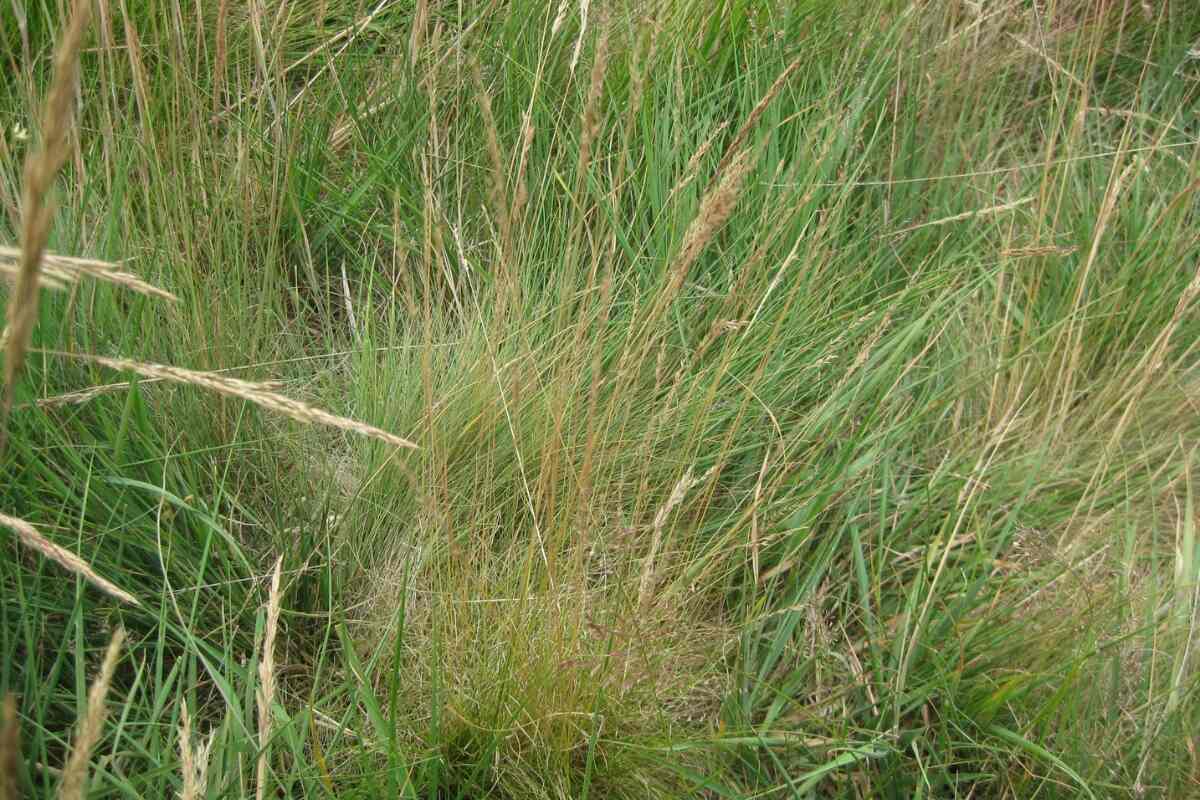
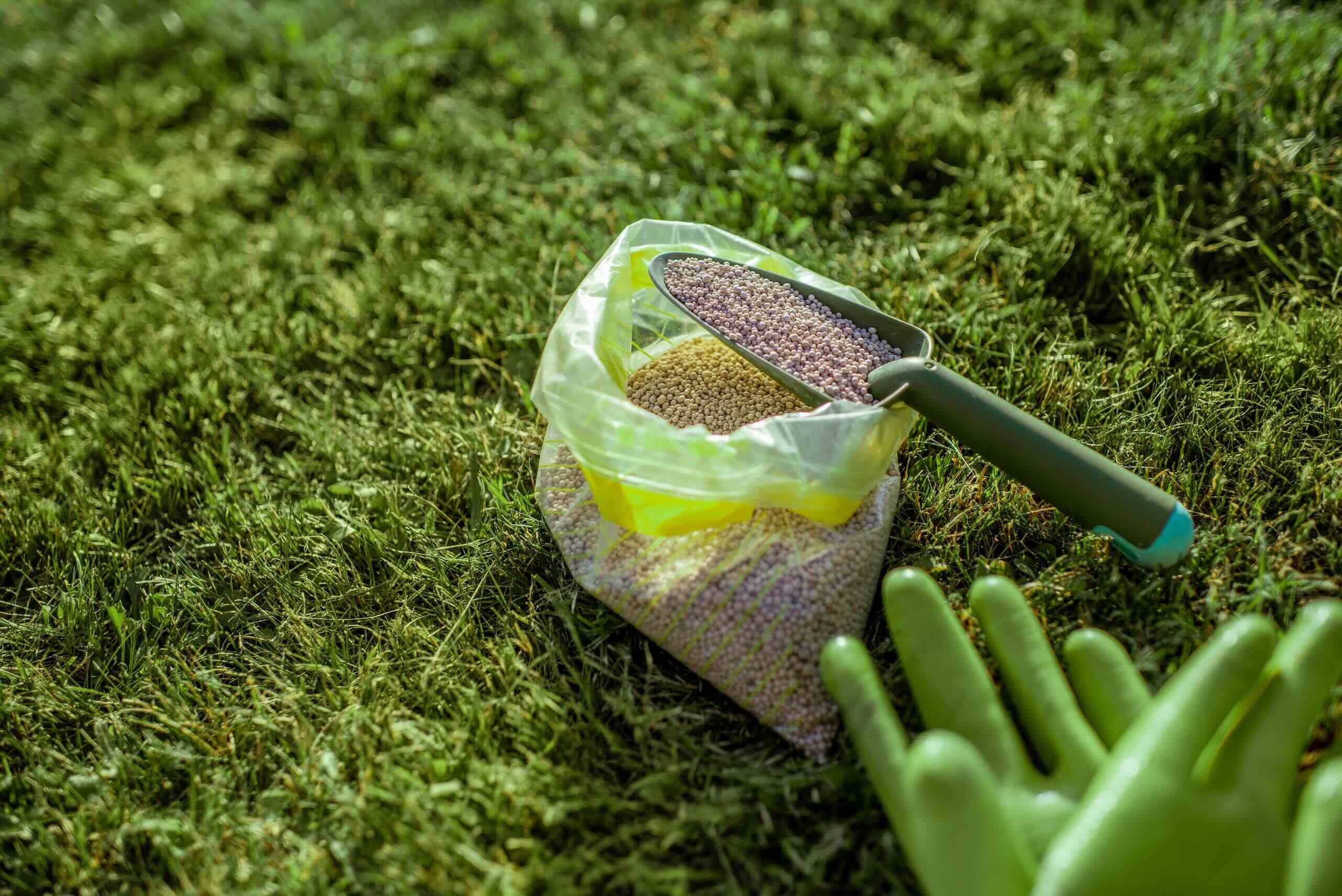
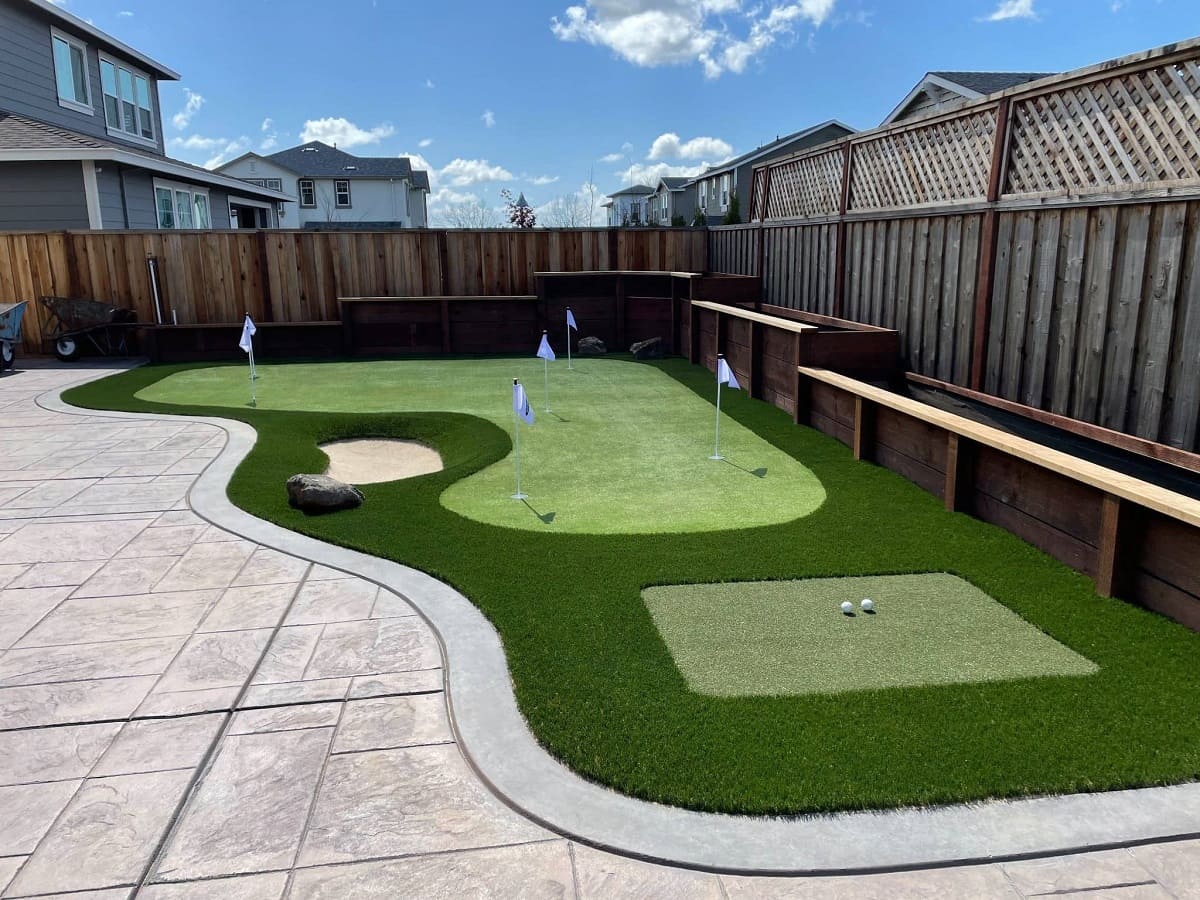
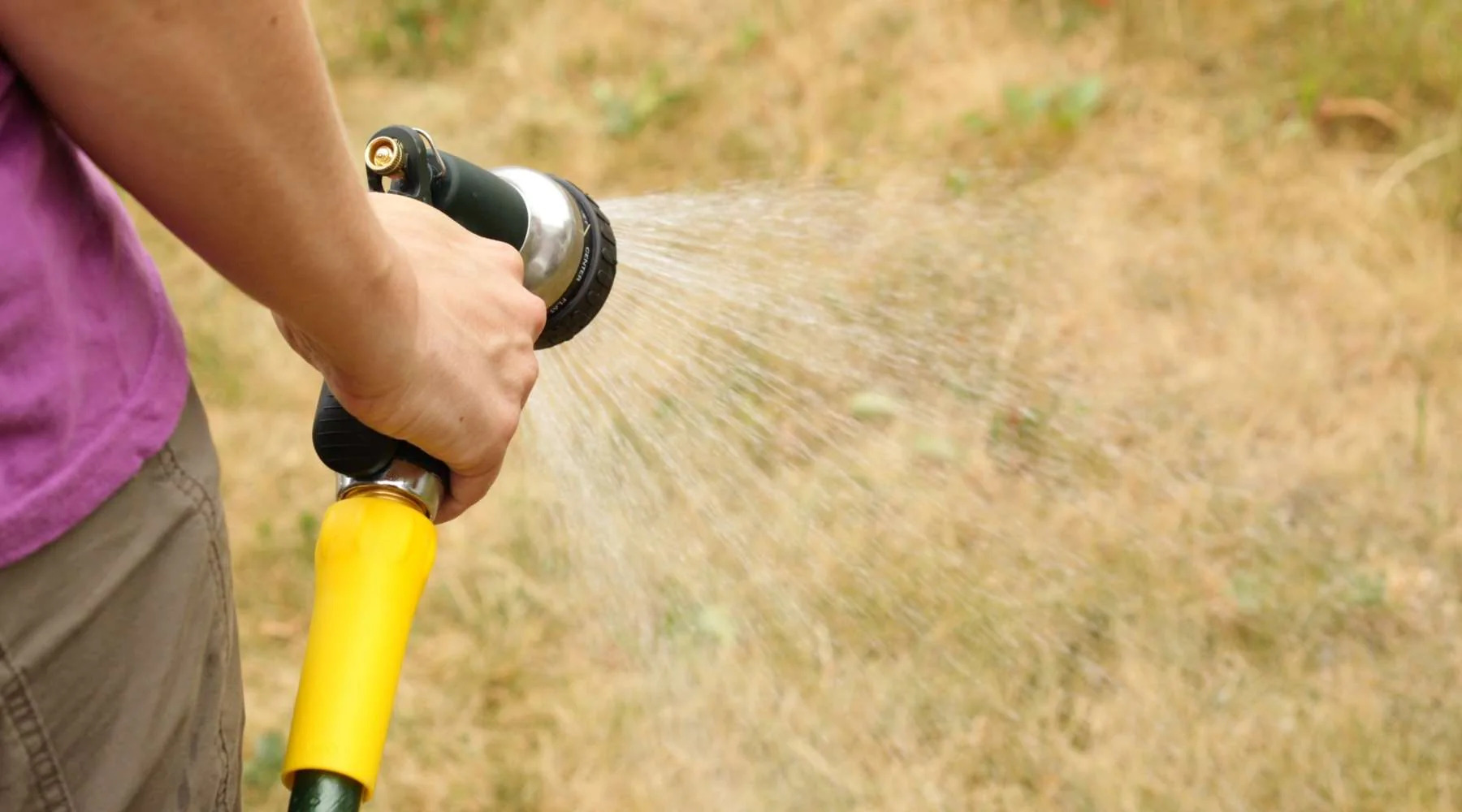

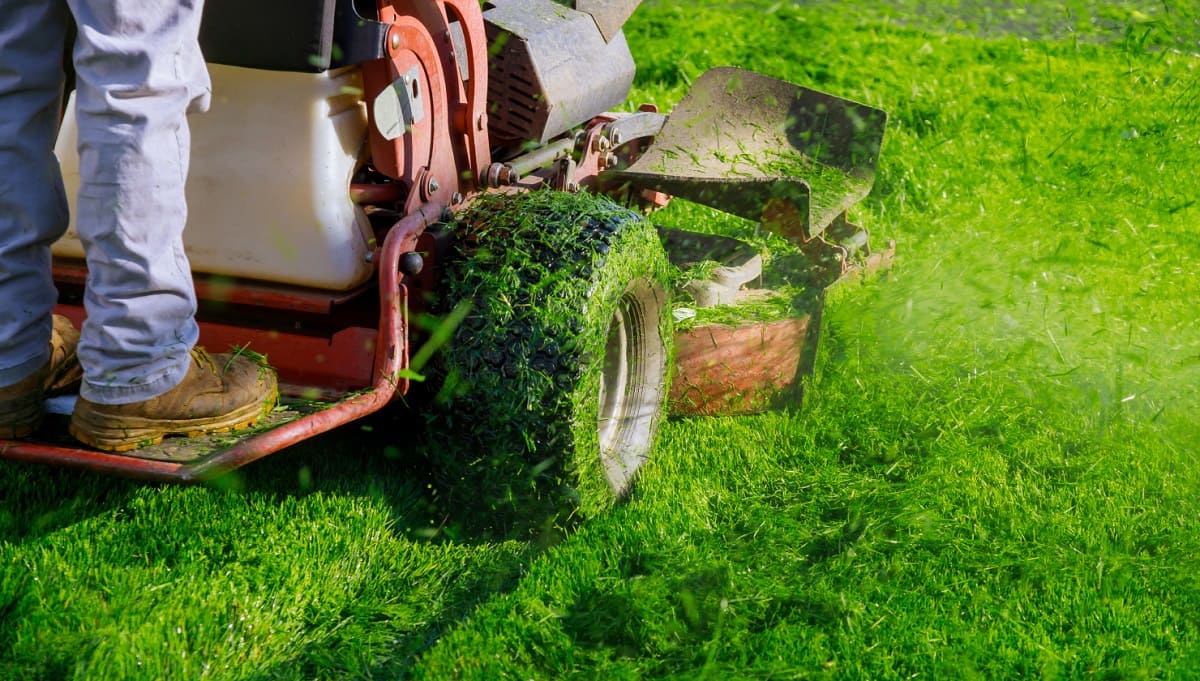
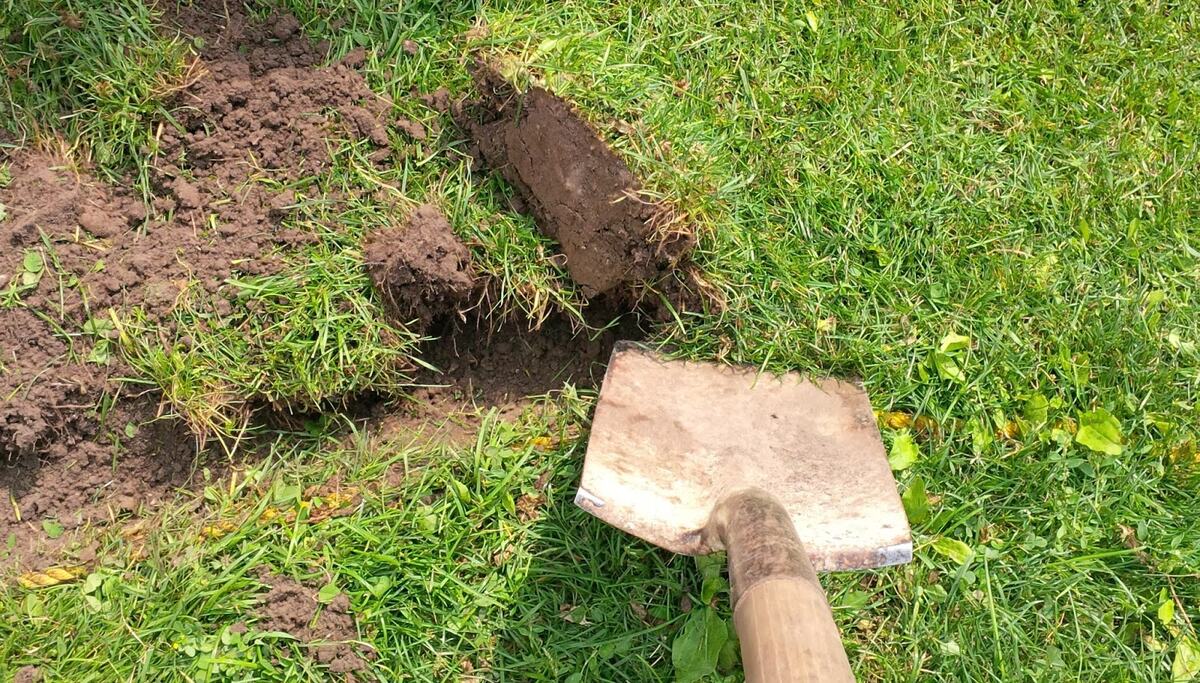

0 thoughts on “How To Grow Grass In My Yard”